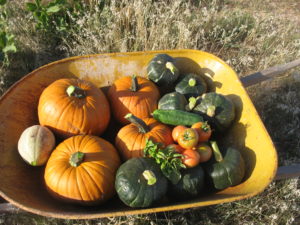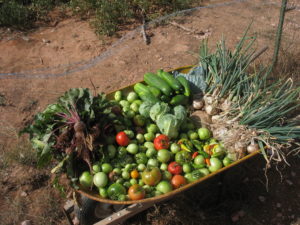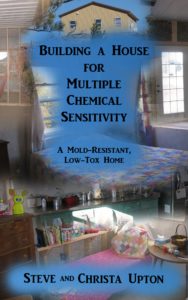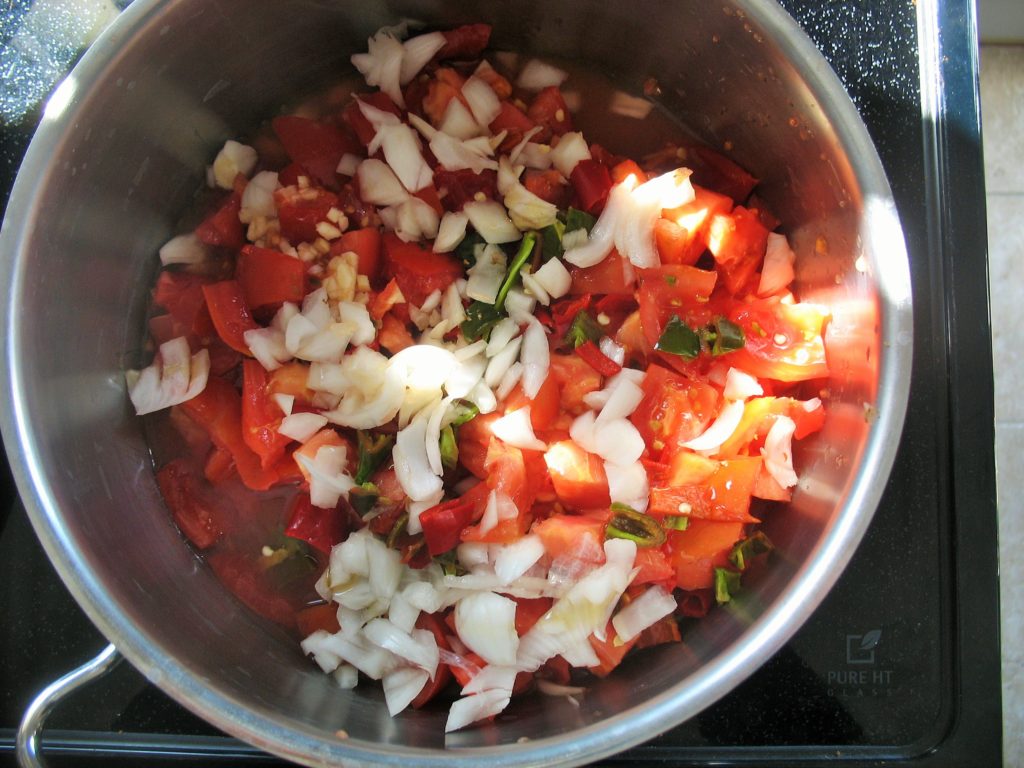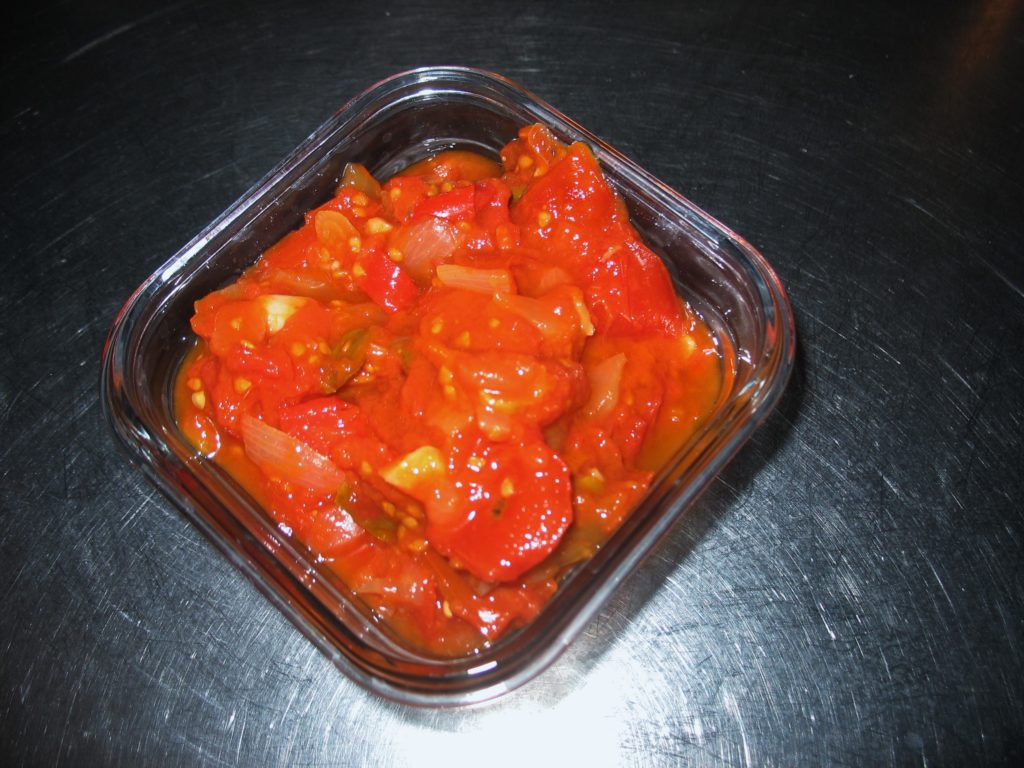The older I get and the more experiences I have, the more I am convinced that emotional wounds are VERY much like physical wounds, in many ways.
If you stub your toe, and before it’s healed stub it again, we all know how painful that it and how it delays healing.
A skinned knee is bad enough, but how about banging that skinned knee against the corner of something?
Even worse—a deep wound, such as a severe pressure sore, can be SO hard to heal.
Pressure sore, “Stage IV: The pressure ulcer has become so deep that there is damage to the muscle and bone, and sometimes to tendons and joints.”
https://medlineplus.gov/ency/patientinstructions/000740.htm
These are treatment methods for physical sores (from the above link). Think of them as they may apply to emotional wounds as well!!
“Avoid further injury or friction.”
This is a big one. This is why people who have been hurt in the past may “over-react” to present hurt. With an open, seeping, painful emotional wound, it does not take much to add to the injury.
“Take care of your health.”
But the problem is that many who have been severely wounded emotionally do not know how to take care of their emotional health. Some respond extremely well to the healing touch of others pouring love and compassion, patience, kindness, etc. into them. Others have a harder time.
“Keep the sore covered with a special dressing.”
But what about when people “rip off” that “emotional dressing”? People who have been deeply hurt emotionally are very vulnerable to insensitive people.
Pressure sores must heal from the inside out, and sometimes they take a very, very long time to heal. I feel it is the same way with emotional wounds.
There are many types of emotional wounds, but probably some of the most common are: child abuse, spousal abuse, religious abuse, racism, and other forms of discrimination (against the poor, obese, disabled, etc.)
Because of recent events in America, I would like to discuss racism.
I believe America’s wound of racism has healed some since the Civil War, but I do not believe the wound is totally healed by any means. Plus of course there are still racists out there doing evil, creating more wounds, breaking open old wounds. 🙁
Therefore, we need to realize there are hurting, abused people out there who have very legitimate fears, concerns, feelings of being marginalized, sadness, anger.
If you are one, let me just apologize for the abominable behavior of my fellow whites who are racist both now and in the past. I am so sorry. I want to do everything in my power to help heal this atrocity.
It should be obvious (and I hope it is to most people) that we must take a stand whenever anyone is treated badly.
But we also need to realize the problem is still there, more than we may think, and we need to speak words of healing & hope, we need to show love in both words and actions.
We need to reassure those who have been wounded that they are wanted, needed, loved, appreciated, and just as important as anyone else in our country.
Let us overcome evil with good, let us conquer hate with love.

Christa Upton Black Hills Picture Books Edgemont, SD 57735

